Freya the Brittany and Finn, her apprentice, had slept through the drive on the right side of the front seat in the wee hours of the night, but, the second the tires hit gravel, they were up and focused, studying the strips of grass along the section road, twitching every time a meadowlark rose out of the ditch.
It was our first day on a series of public-access areas that had been very kind to us over the years. The dogs’ enthusiasm was infectious— I could feel the old surge of adrenalin as we topped the last rise in the first soft light of the morning.
Something odd. Shadowy lumps out in the CRP where we were headed. I stopped next to the state’s public access sign. The mix of switchgrass, little bluestem, and forbs that had been our first, best spot was neatly mowed, like the first cut of rough on a golf course, the round bales of what had been cover scattered thinly along the hillside.
This is the drought, I thought. In this part of the world, the weather in the winter and spring of 2021 was classified as an extreme drought. There was a little relief during the summer, but the drought intensified into the spring and summer of 2022. Officials are calling it an “exceptional drought” now, an even more extreme designation that allows farmers to mow the cover on their CRP acres for hay or fence it for grazing.
It was a gut-wrenching discovery, but I comforted myself with the possibility that, if the pheasants had done well in the spring and early summer, there might be reasonable numbers in the cover that was left. It took almost eight hours of walking to dismiss that notion. Not much cover, not many birds. It was looking like a long, long season, and the worst part was that there would be no residual cover next spring when the birds were looking for places to nest and raise broods.
Once upon a time, there were a lot of casual pheasant hunters, folks who ventured out on opening Saturday in squads to block and drive the fields, burned a pocketful of shells, and came home on Sunday with the old pump gun back in its case, where it was likely to spend the next year.
My sense is that those hunters have almost disappeared. The ones who are left seem more like me— the soles of their boots are worn smooth; their bird vests are patched and faded; their field pants are ragged at the cuffs and threadbare at the knees. They see pheasant hunting as something closer to religion than occasional entertainment. They spend the long months of winter, spring, and summer training and exercising dogs, busting clay targets to keep their shooting sharp, and waiting, like ten-year-olds dreaming of Christmas, for the return of autumn and another season.
When that season turns out to be barren, when the coverts are mowed or withered away to nothing and a day of hard walking turns up one wild-flushing rooster, it’s more than a disappointment. It’s a calamity. It reduces the three months that ought to have been the high point of the year to ashes. Even the dogs lose heart and pass the days going through the motions without expectations. Something central to their way of life— and mine— has been taken.

Drought, the insidious, slow-motion catastrophe. It takes a little, then some more, then even more. Last summer, for the second year in a row, it bled my favorite river to little more than a trickle by the end of July, too anemic and too warm for the fly rod. Another season amputated. And, when I loaded up the decoys and drove up to the marsh last October, I found a basin of cracked mud, so dry for so long that it had begun to fill in with spindly clumps of kochia. I’ve visited that wetland every fall for nearly forty years, arriving in the last hour of the night to set a spread and wait for dawn while, out in the tules, the flocks of geese and mallards murmured to each other as they dozed. This fall, there is silence, and the north wind is empty.
The High Plains sit on the edge of a drought that experts have described as the worst in the last 1,500 years. The news hounds are all over the situation on the Colorado, in Greenland, in the Arctic and Antarctic, and, lately, on the Mississippi. These are big stories, the emerging proof that the changes we have wrought in the world’s climate aren’t likely to be pleasant for us.
By comparison, the changes in my life may seem, to many, as trivial. But, for me, they cut to the bone. They rob me of the places and moments I treasure, the experiences I live for. Climate change.
It’s real.
And it hurts.




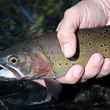

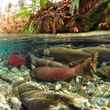
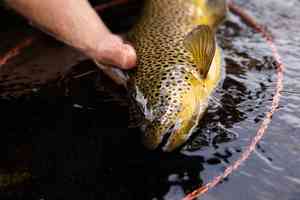

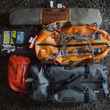
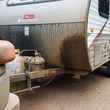
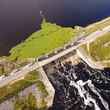

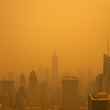
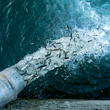



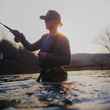
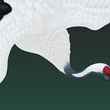




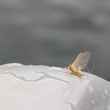
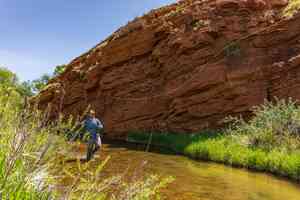




Comments